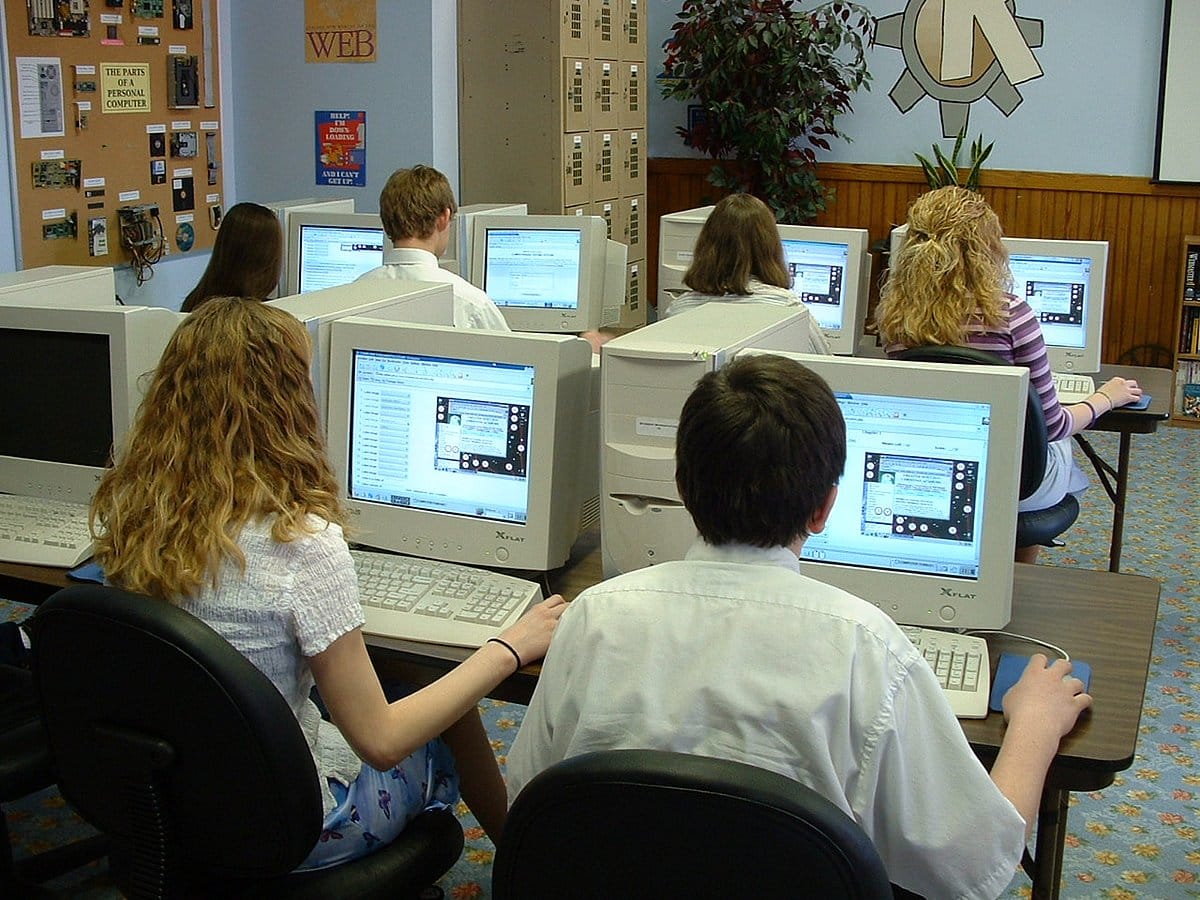New report shows innovation is key in education reform, not spending

The results are in for one of the most important global rankings in education — and the scores for the United States aren't good.
The Programme for International Student Assessment (PISA) is a test completed by more than 500,000 15-year-old students in 72 countries every three years in order to measure how each country's education system is stacking up globally. Students work through two hours of problems related to "science, mathematics, reading, collaborative problem solving and financial literacy" and their scores are analyzed to determine where each country is falling short in education.

